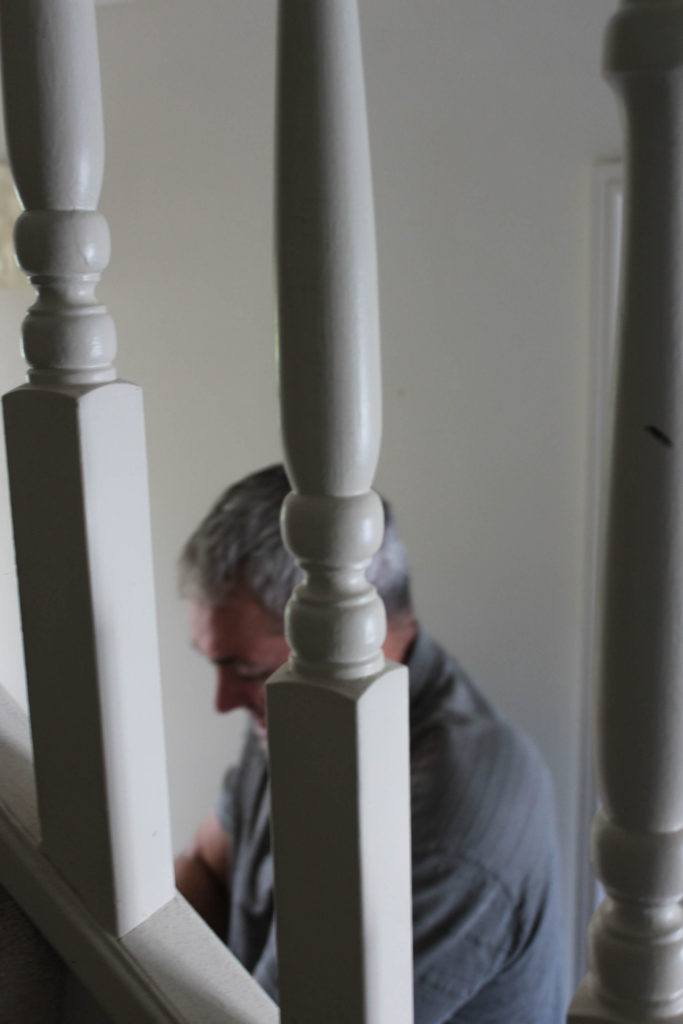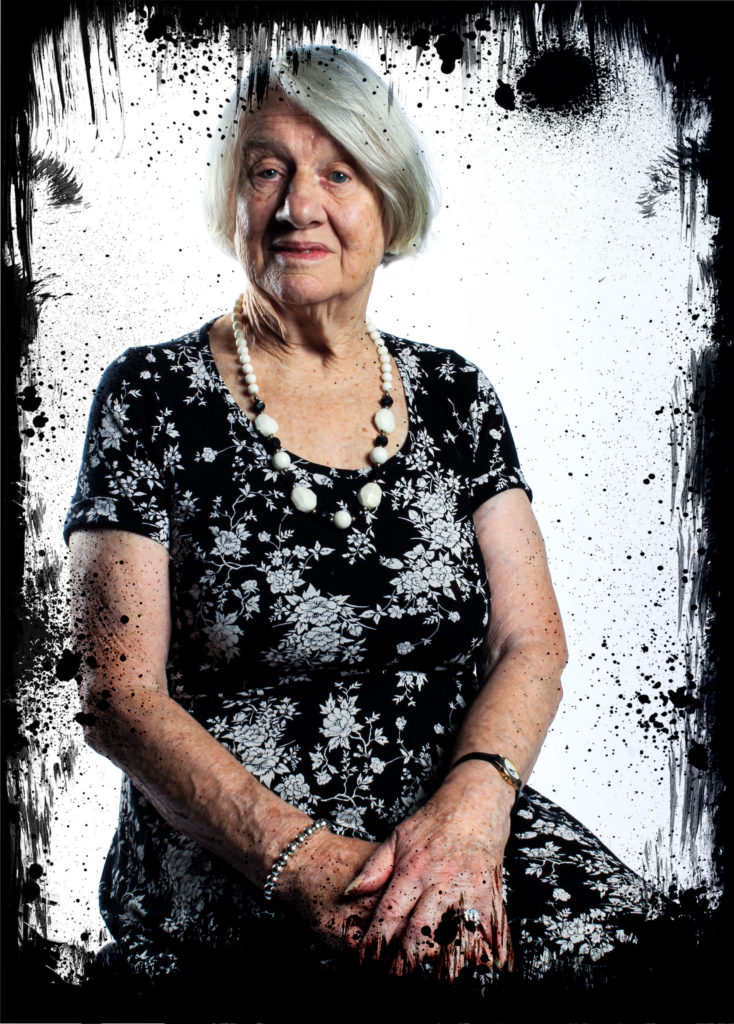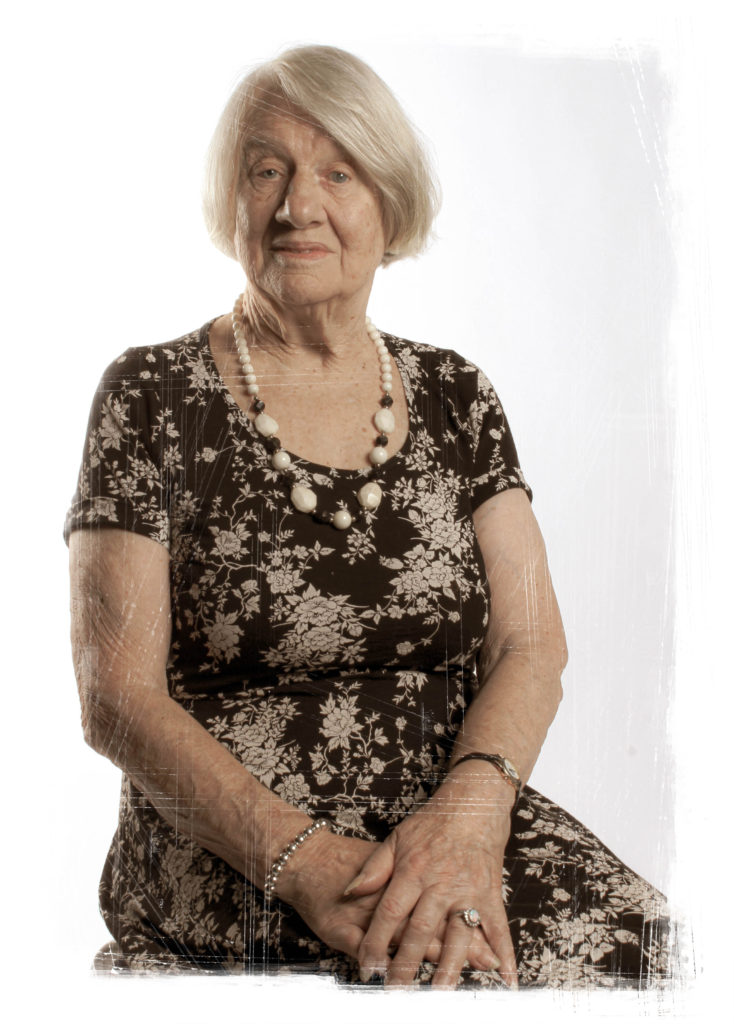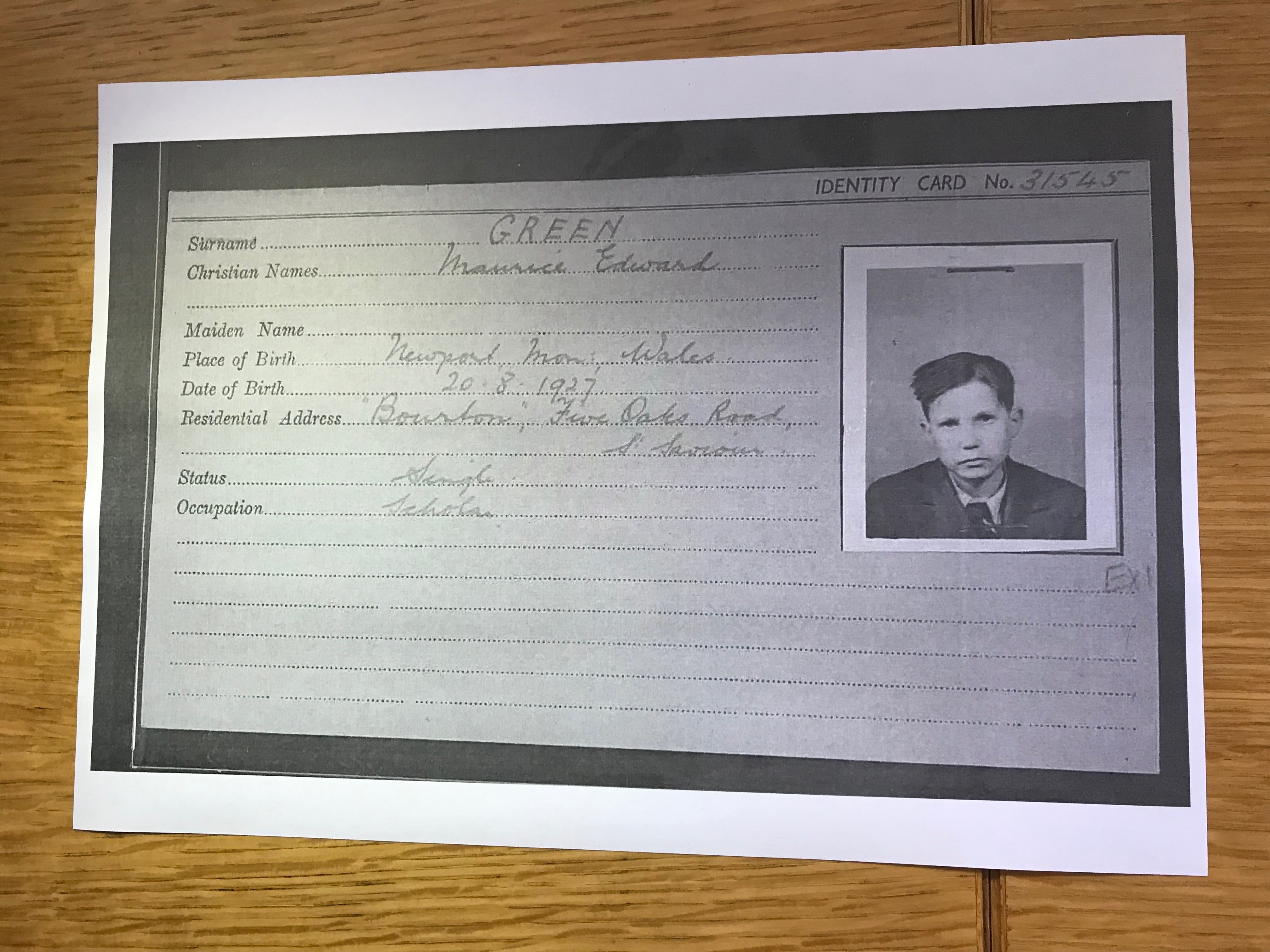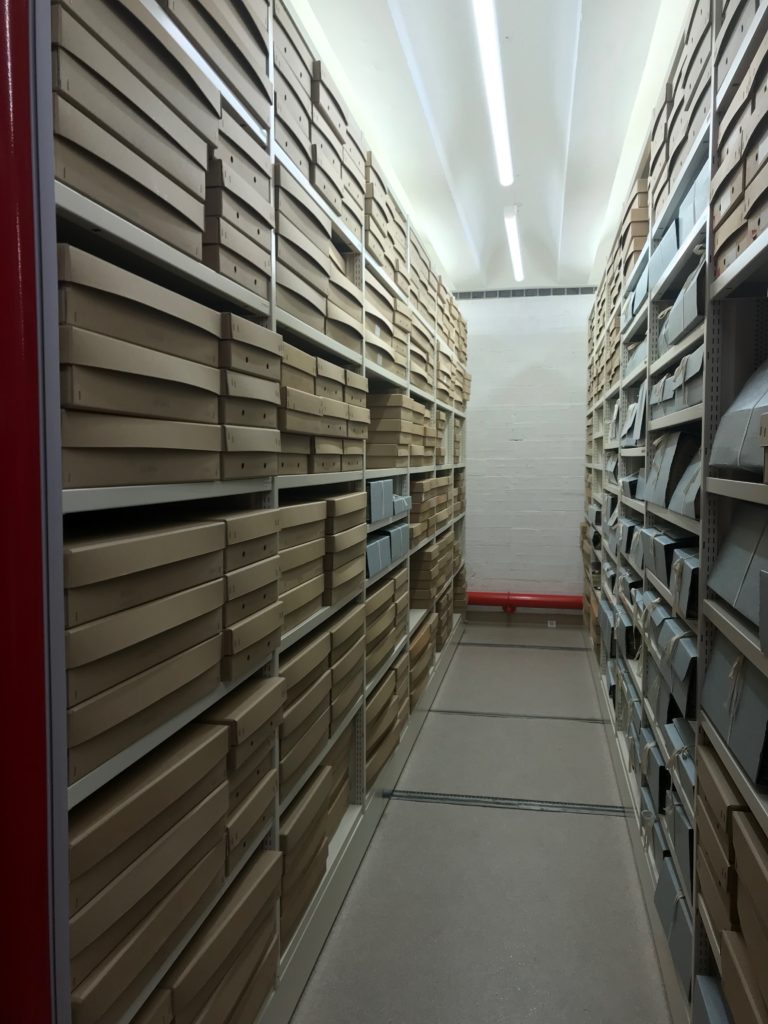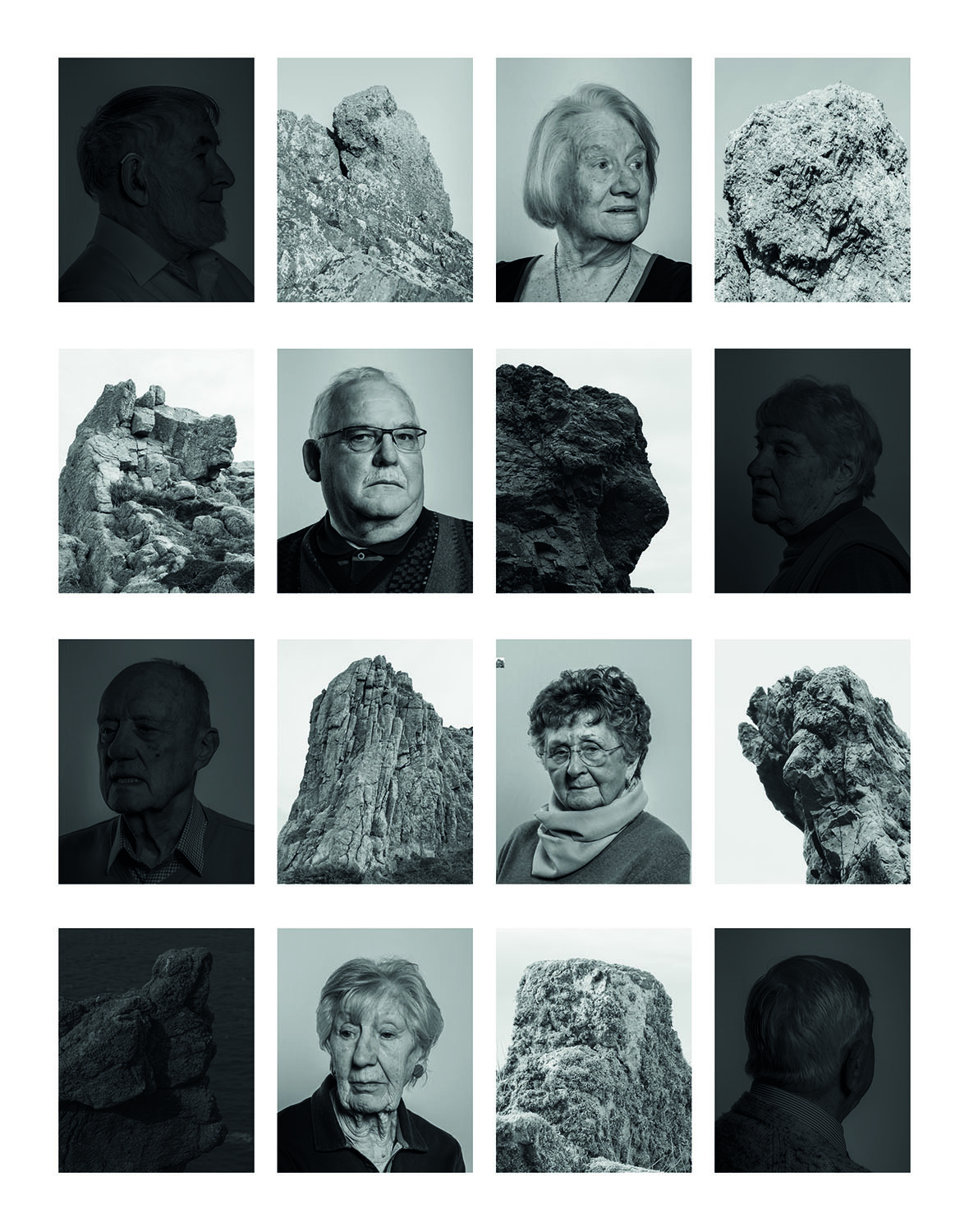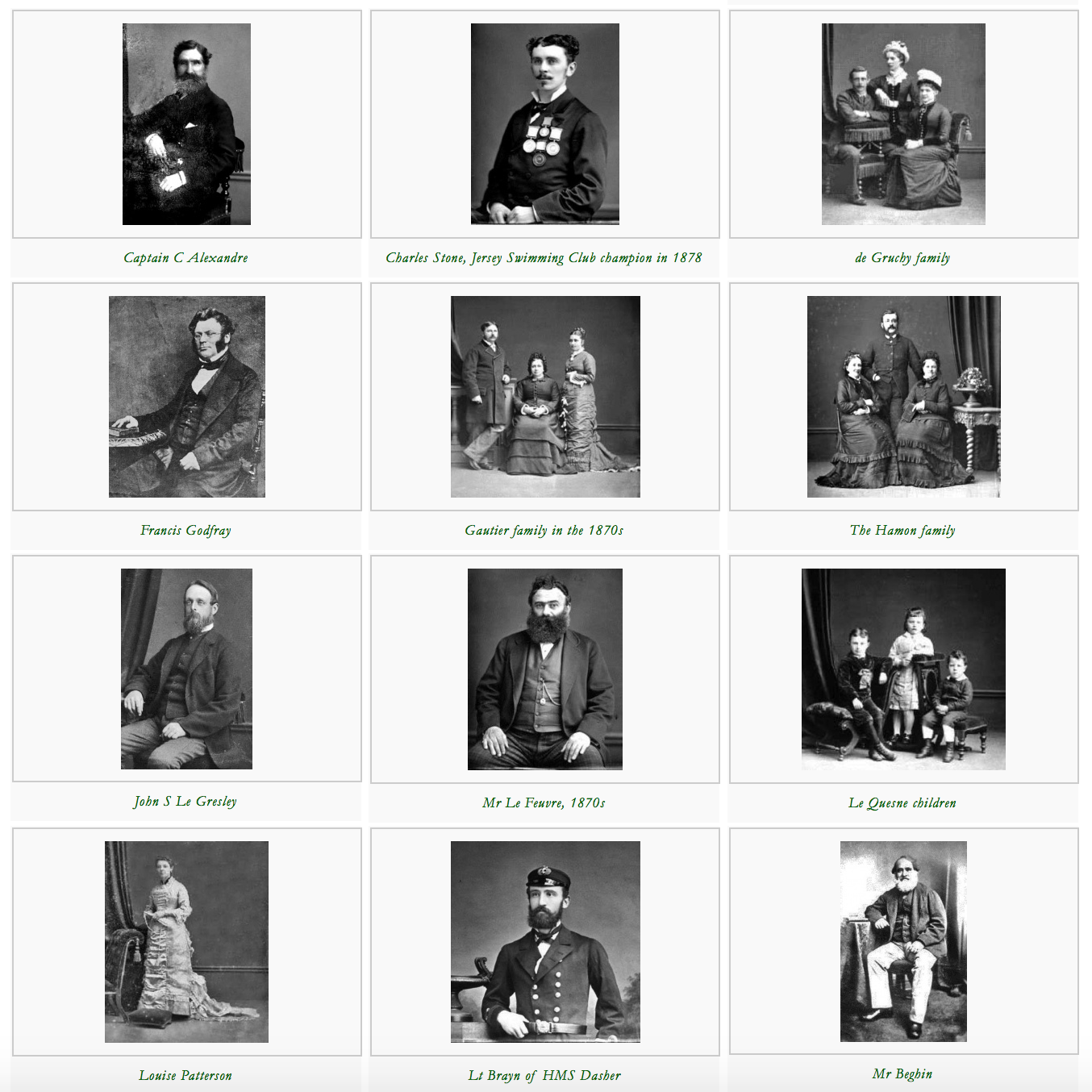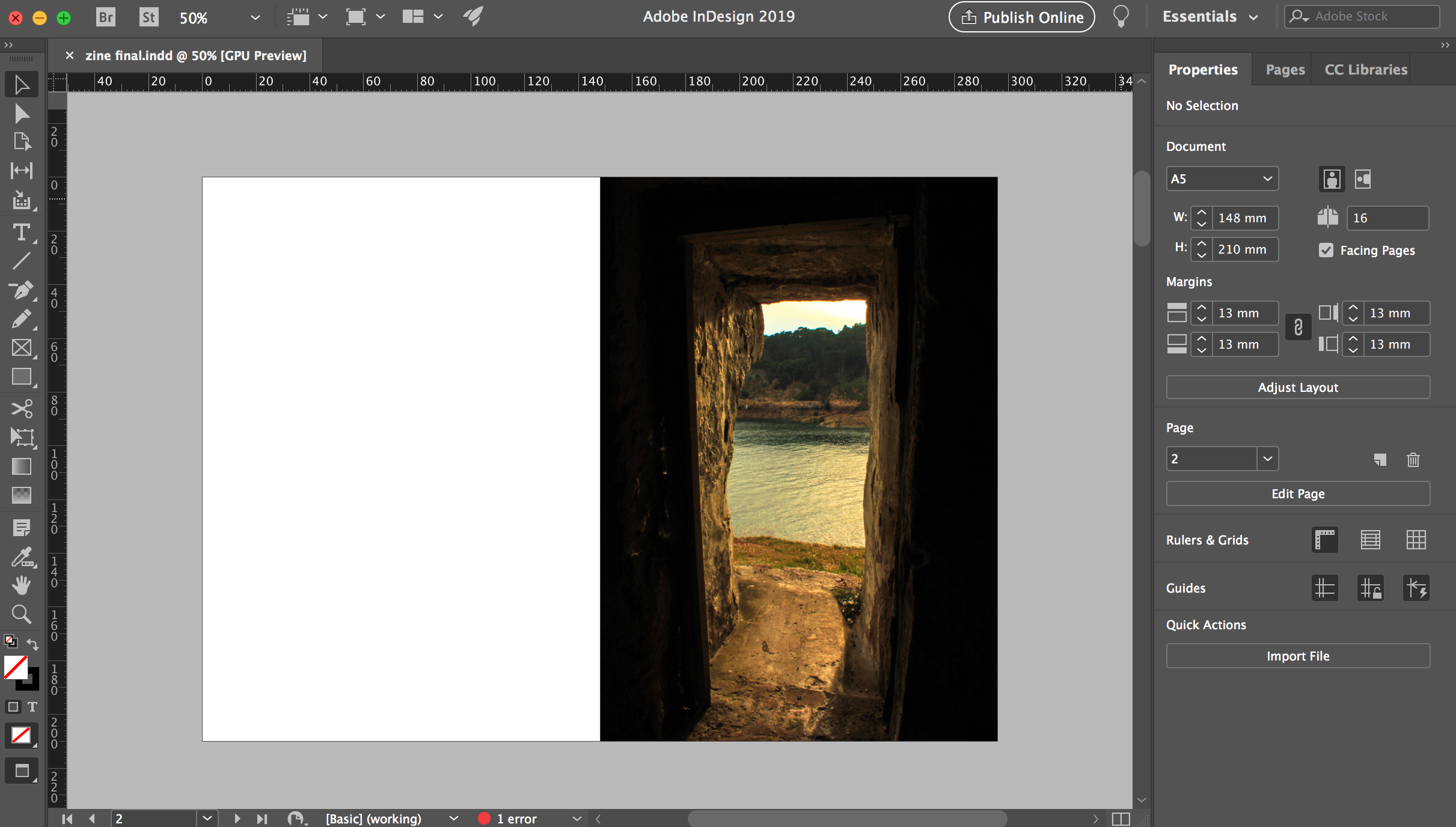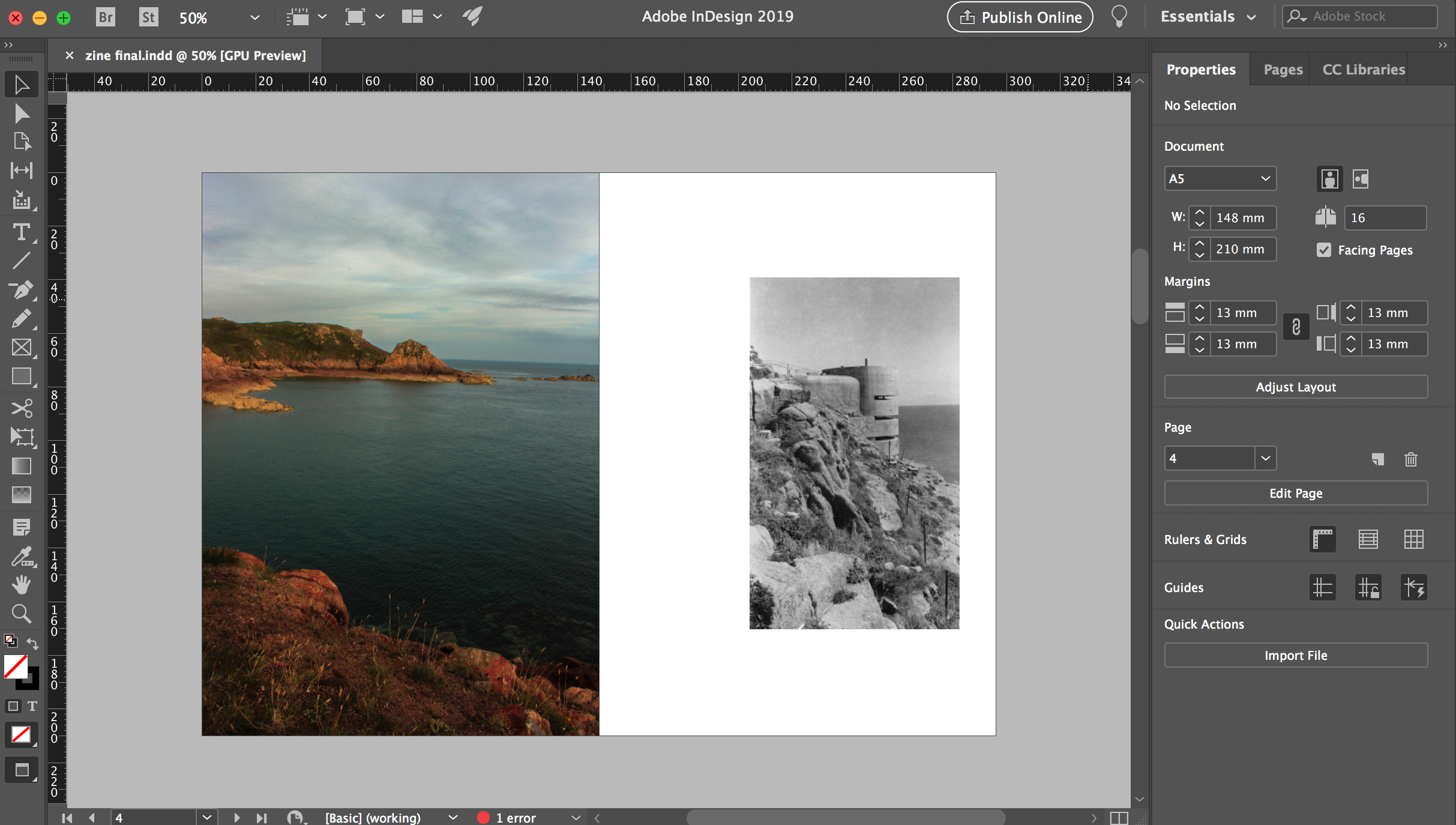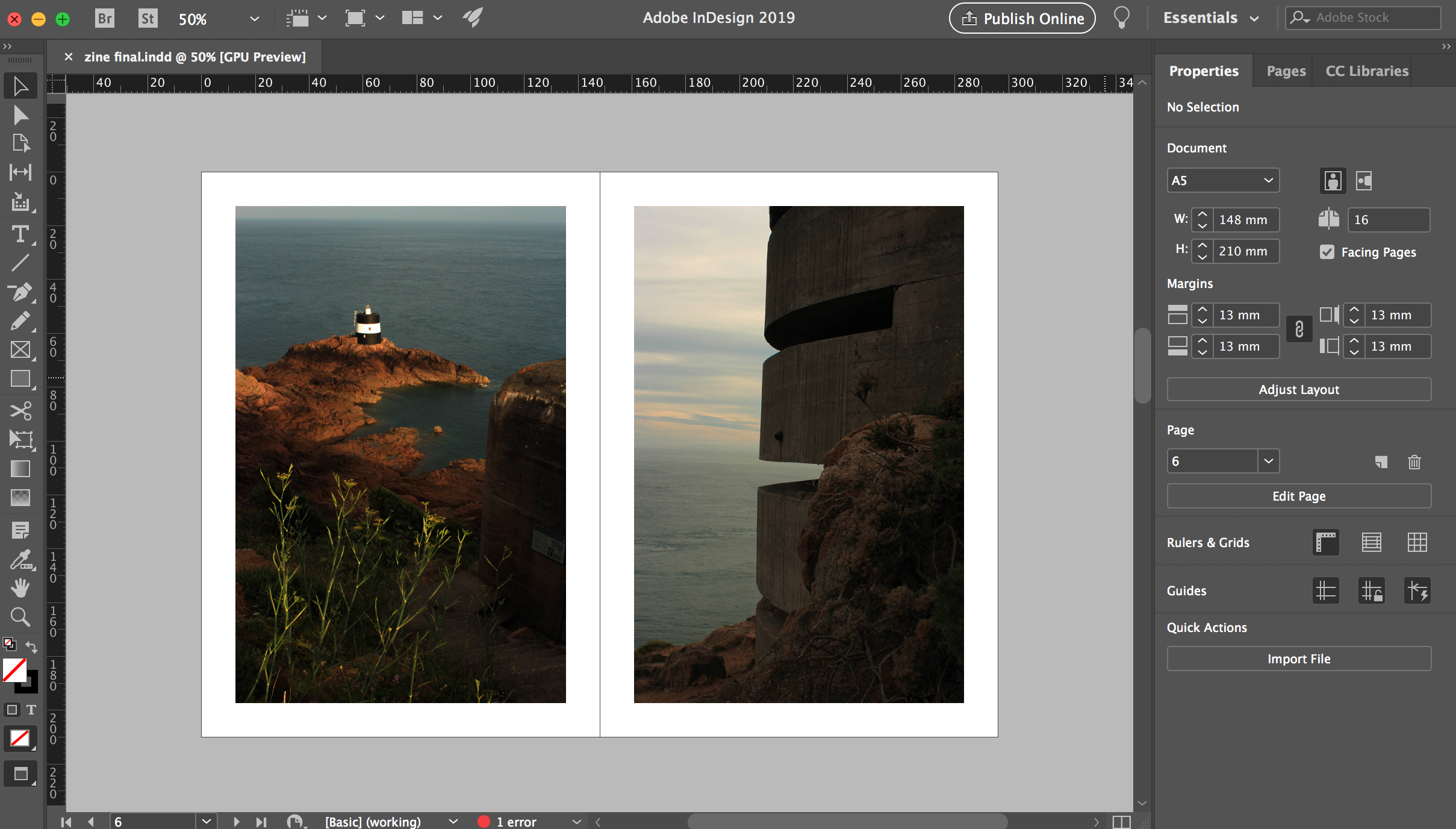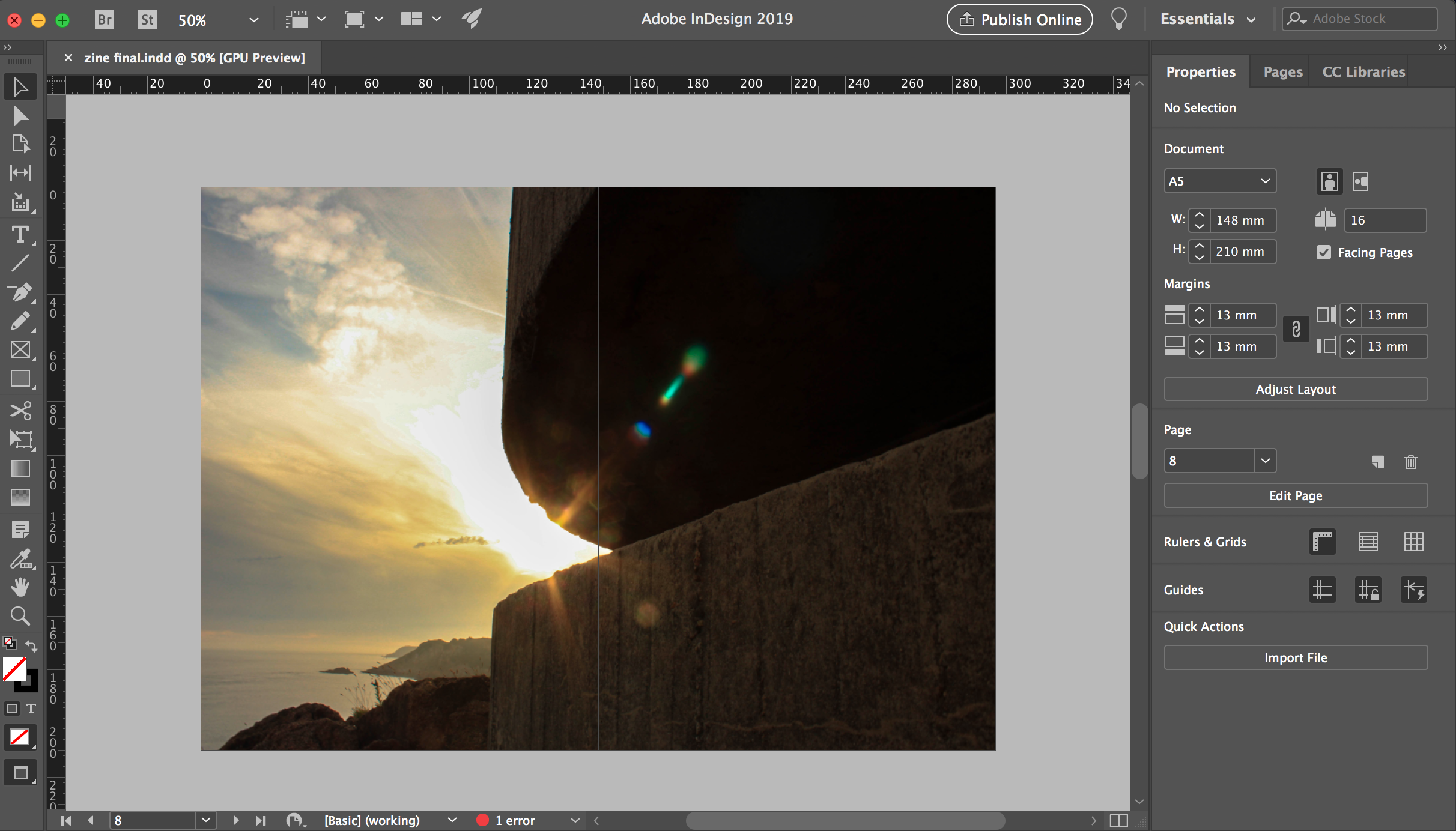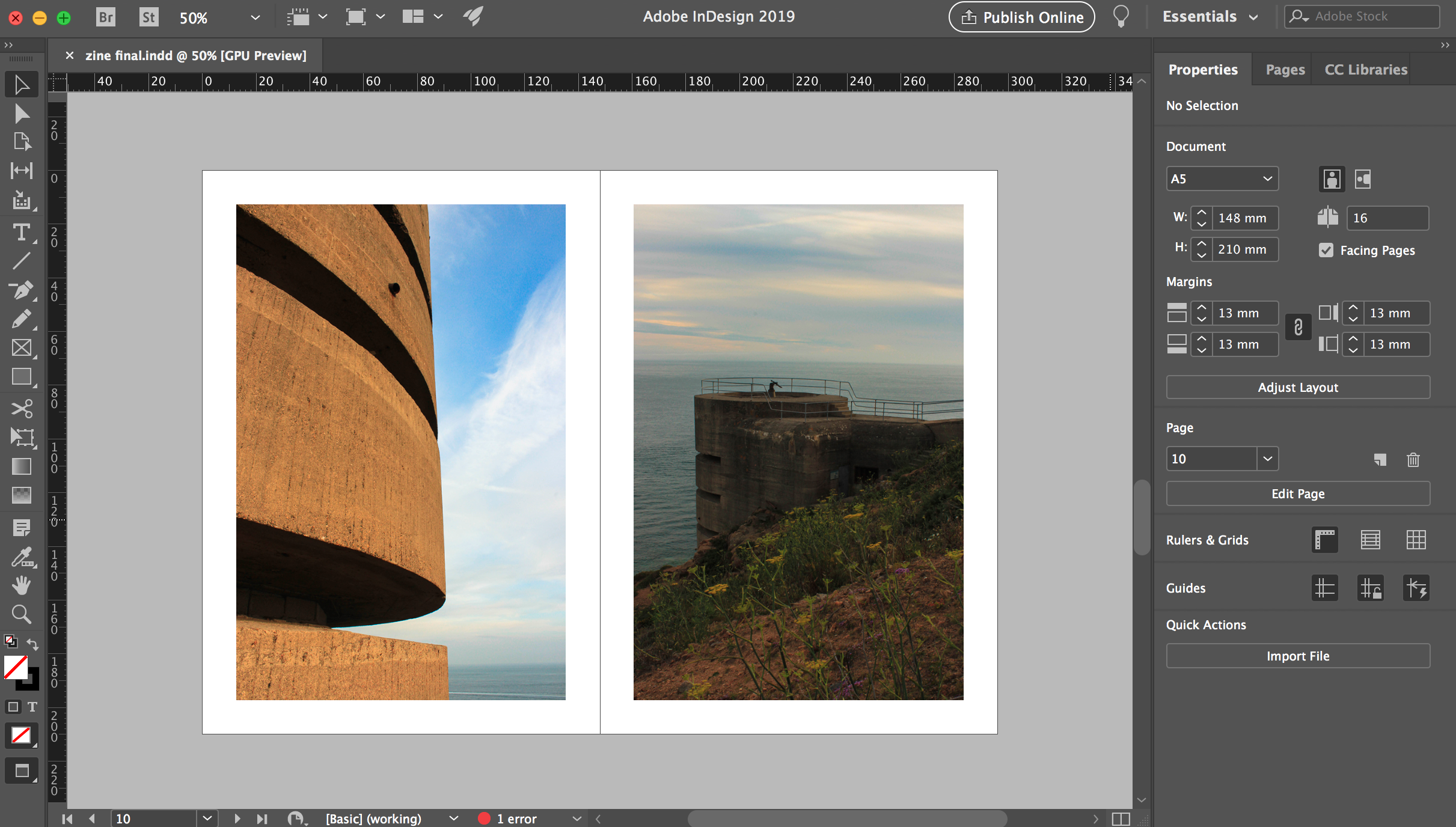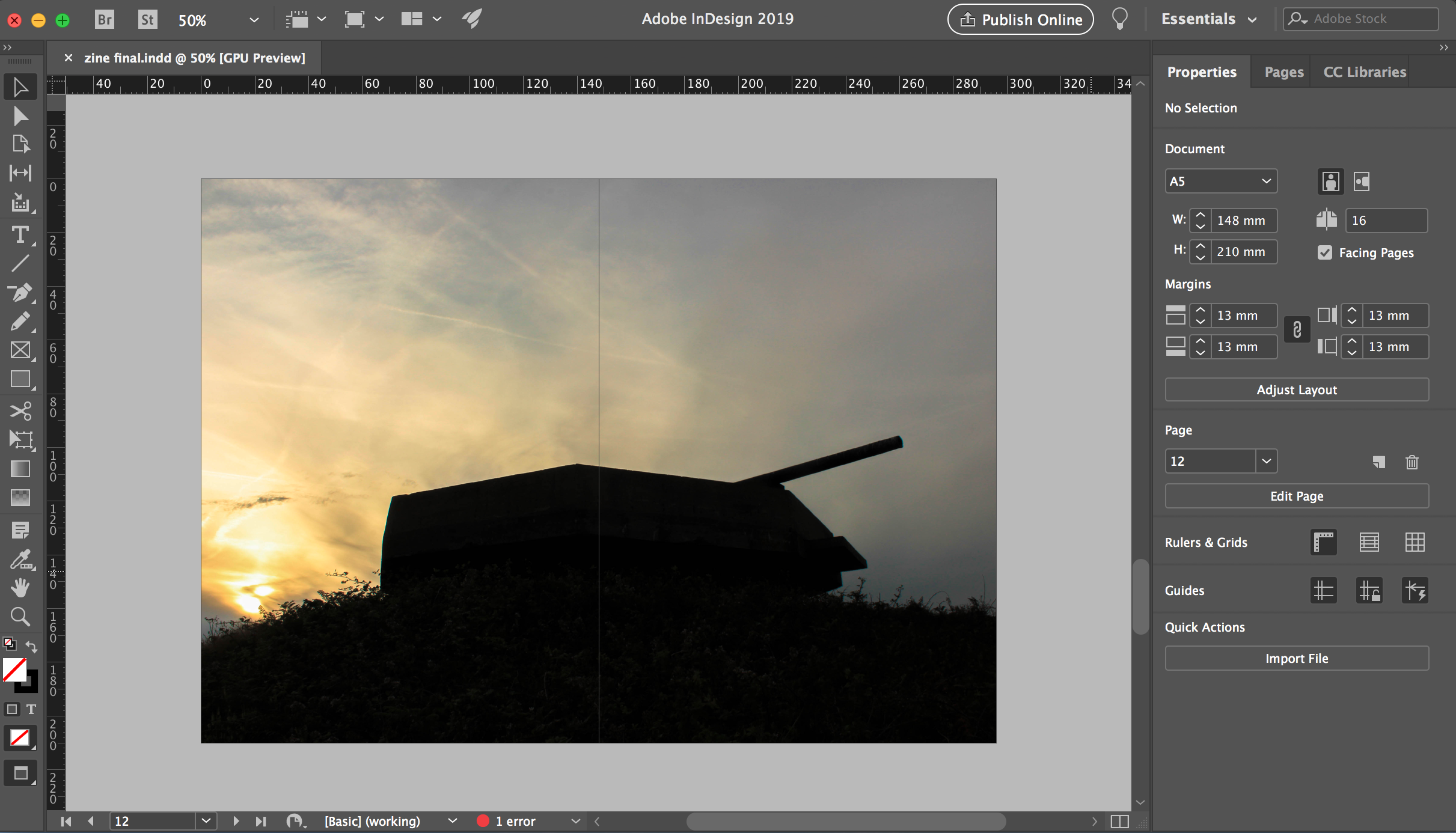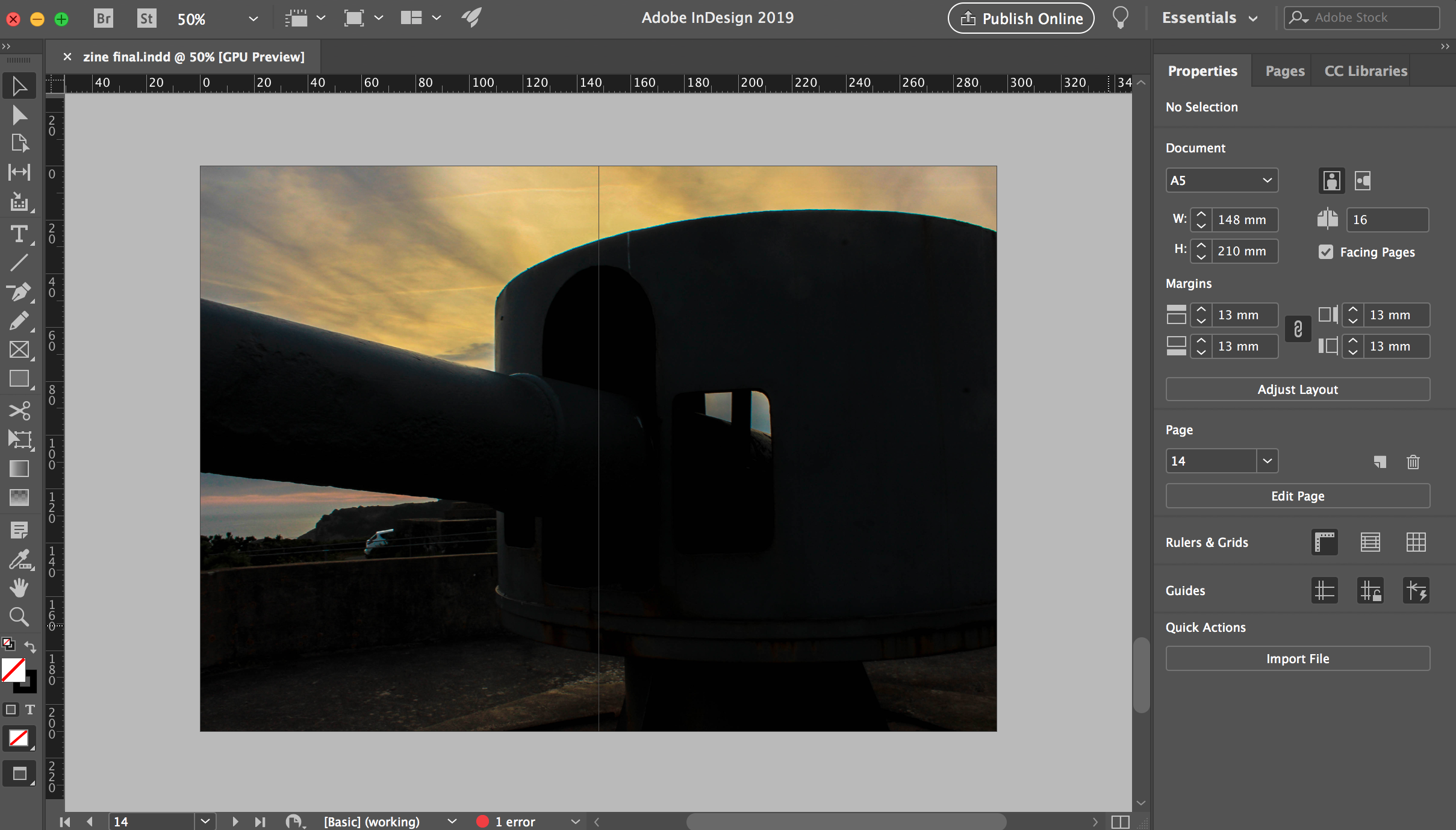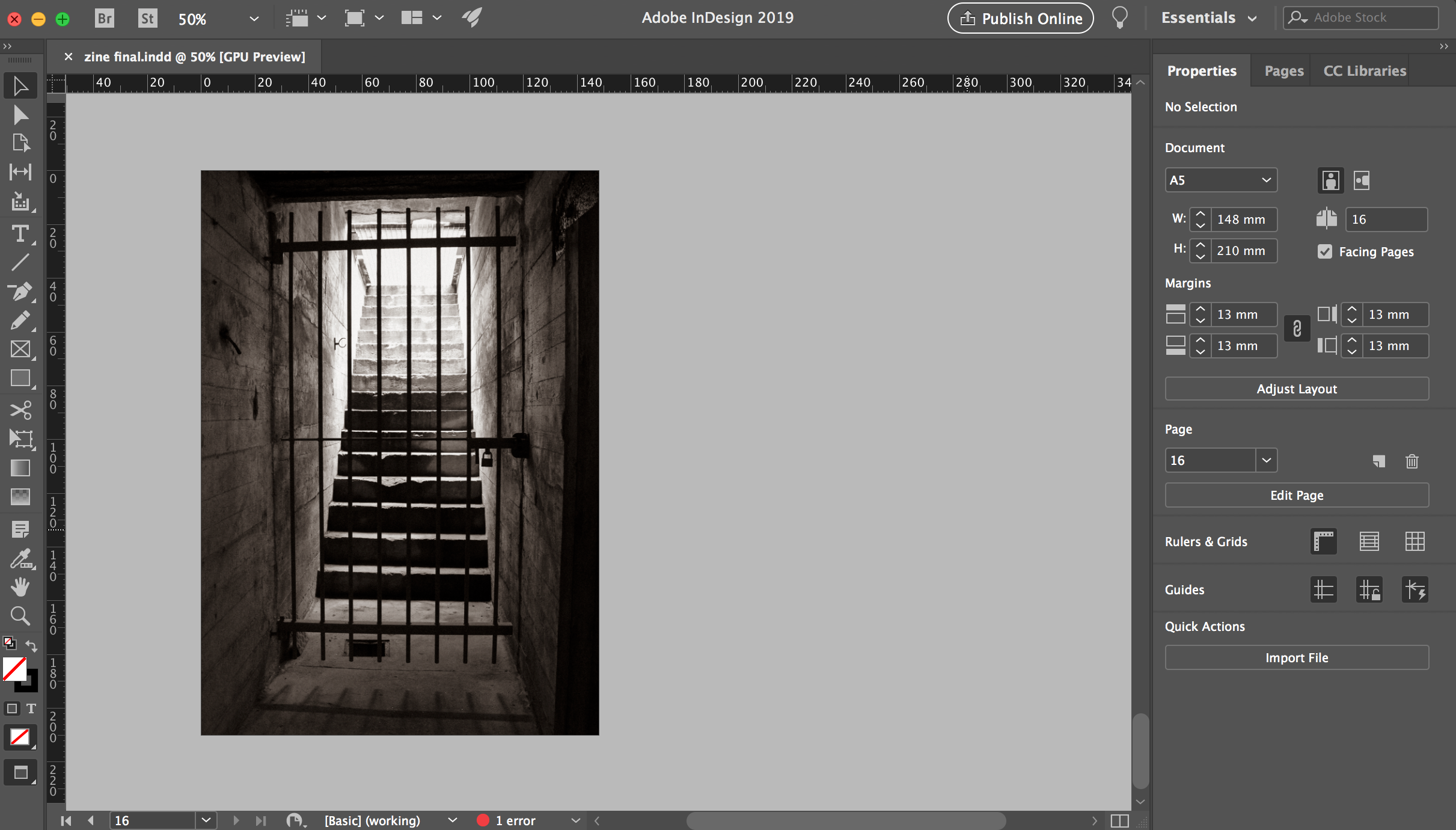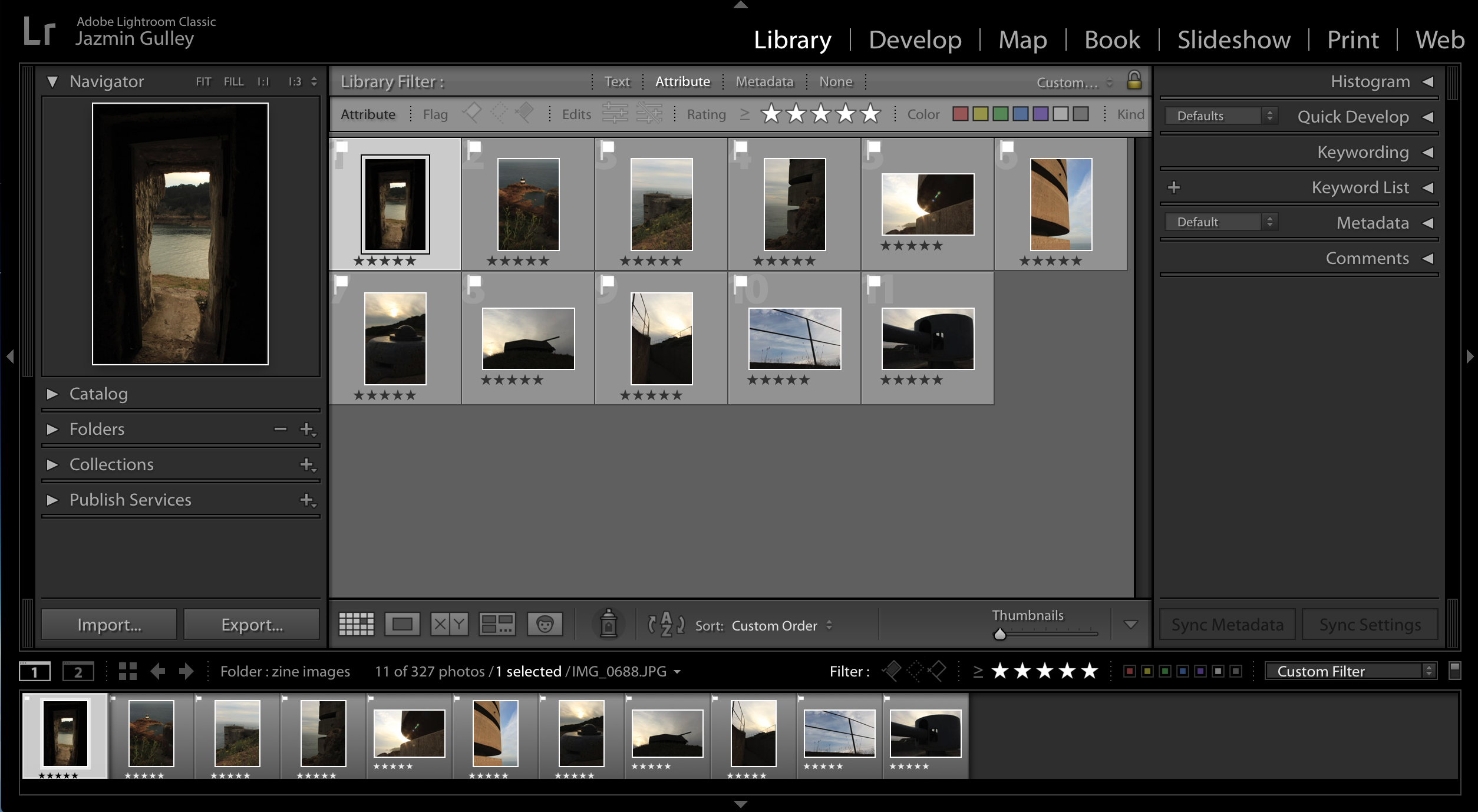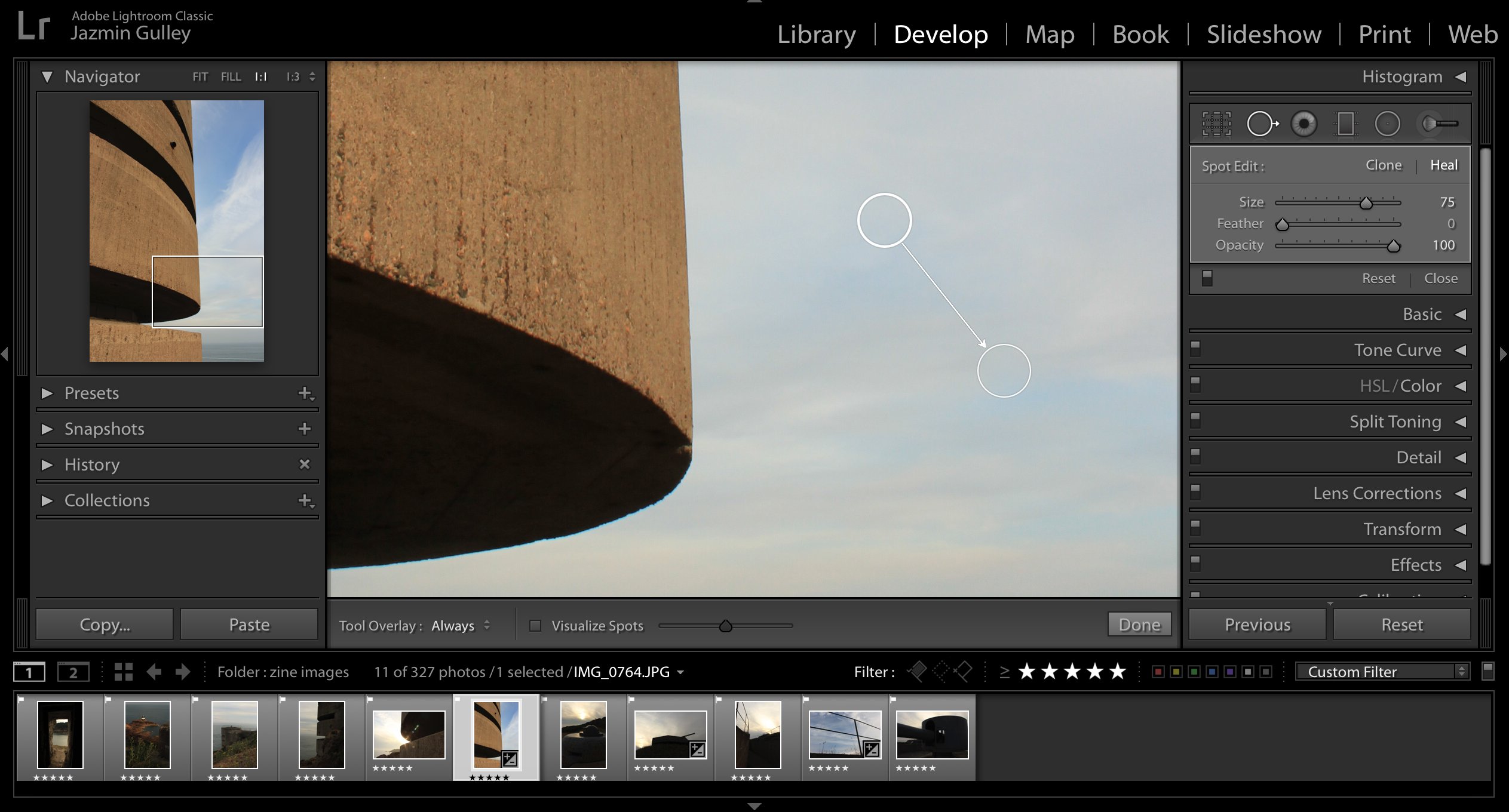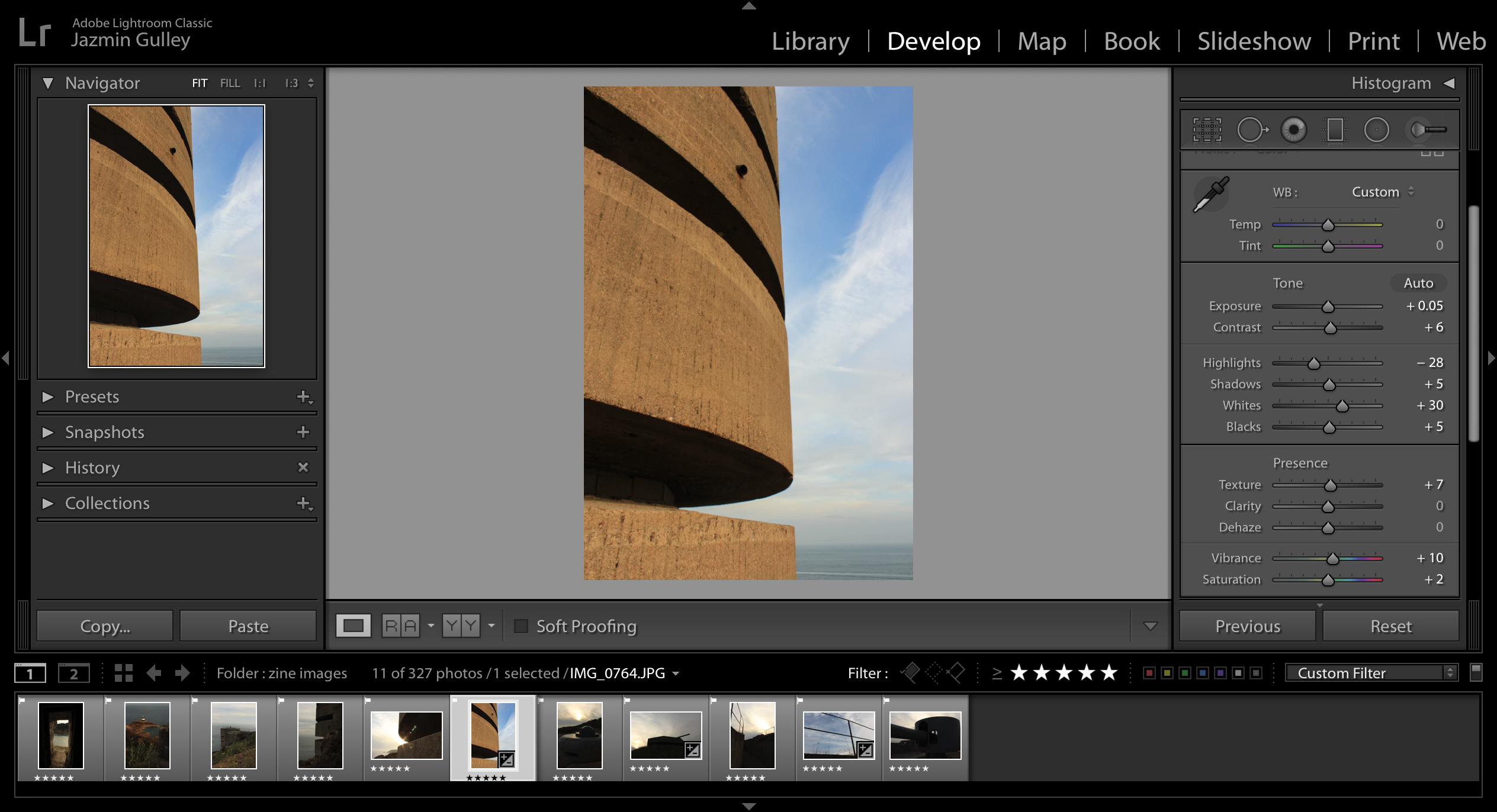ENVIRONMENTAL PORTRAIT:
An environmental portrait is a portrait captured in the subject’s usual environment, such as in their home or workplace, and usually highlights the subject’s life and surroundings. By photographing a person in their natural surroundings, the photographer will be able to illuminate their character better and therefore portray their personality rather than their physical features. It is also thought that by photographing a person in their natural surroundings , the subject will be more at ease, as opposed to in a studio which portrays an artificial experience.
CANDID PORTRAIT:
A candid portrait is where the subject is unaware that a photo has been taken. The idea of a candid portrait is to capture people acting naturally. They should be unaware they are being photographed, as their behaviour often changes once they become aware of the camera.
ALEC SOTH
I Know How Furiously Your Heart Is Beating is a slim book including 35 photographs. The domestic interiors captured in his photographs illuminate the subjects who lives in them. When capturing portraits he looks for interesting people and interesting spaces: “They can be male or female, young or old, rich or poor. The main thing is to have an intimate encounter that is visually strong”.
The reporter Sean O’Hagan, who wrote an article about Alec Soth for the Guardian, watched him work up close as he photographed people who lived in “interesting spaces”. Apparently Soth uses a large glass plate camera on a tripod. The process is difficult and requires patience from the sitter, who has to remain still while Soth sets up the shot, disappearing for a long amount of time under a large blanket. He works in a Victorian way which is more suited for outdoor photography. Under the blanket Soth tries to get things in focus. It’s a camera built to photograph landscapes and Soth is using it in constricted interior spaces. It’s hard work for Alec Soth to take a photograph but nothing else comes close when it comes to capturing light and texture.
MY RESPONSE



